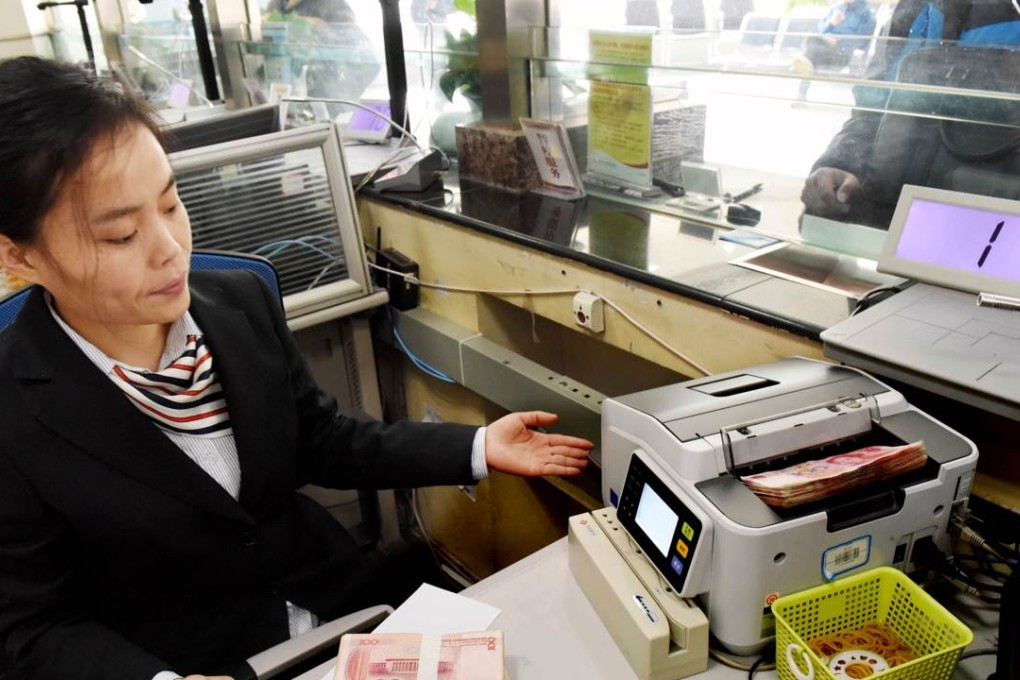Yuan is China’s currency but US Federal Reserve’s problem
What may be changing is official willingness to deploy massive foreign reserves to prop up currency

Remember how China and the weakening yuan was a problem for the US Federal Reserve and then, just as suddenly, wasn’t? Well, it is again.
The yuan looks set to continue to weaken, which will not only put pressure on other emerging and Asian economies but also act as an additional deflationary force in a world with little inflation to spare.
That may undermine inflation in the United States, impairing the Fed’s ability to raise interest rates. Riskier assets like equities will not enjoy a world in which the Fed is unable to do more than raise rates once or twice before it is forced to think again about loosening.
US stocks fell sharply again on Thursday, the S&P 500 falling 2.4 per cent, after China allowed the yuan to fall by the most in five months.
Chinese owners of yuan have good reason to want out and China itself has good reason to want to allow the yuan to weaken, as well as increasingly limited alternatives. Taken together, that makes a considerably weaker yuan the prime risk for the global economy and markets in coming months.
The Fed delayed a widely expected rate increase in September over “global risks”, widely acknowledged as being because Chinese woes looked capable of both depressing net exports and sending the US dollar higher.